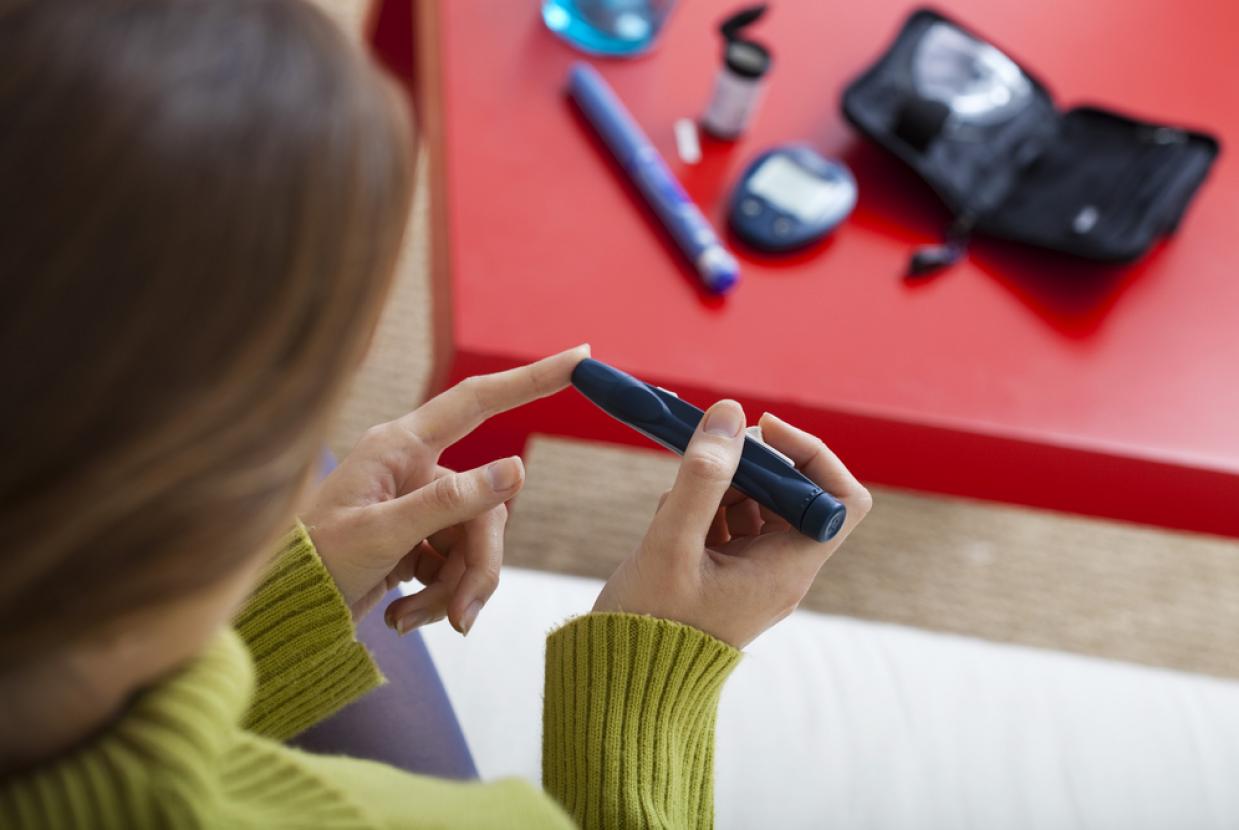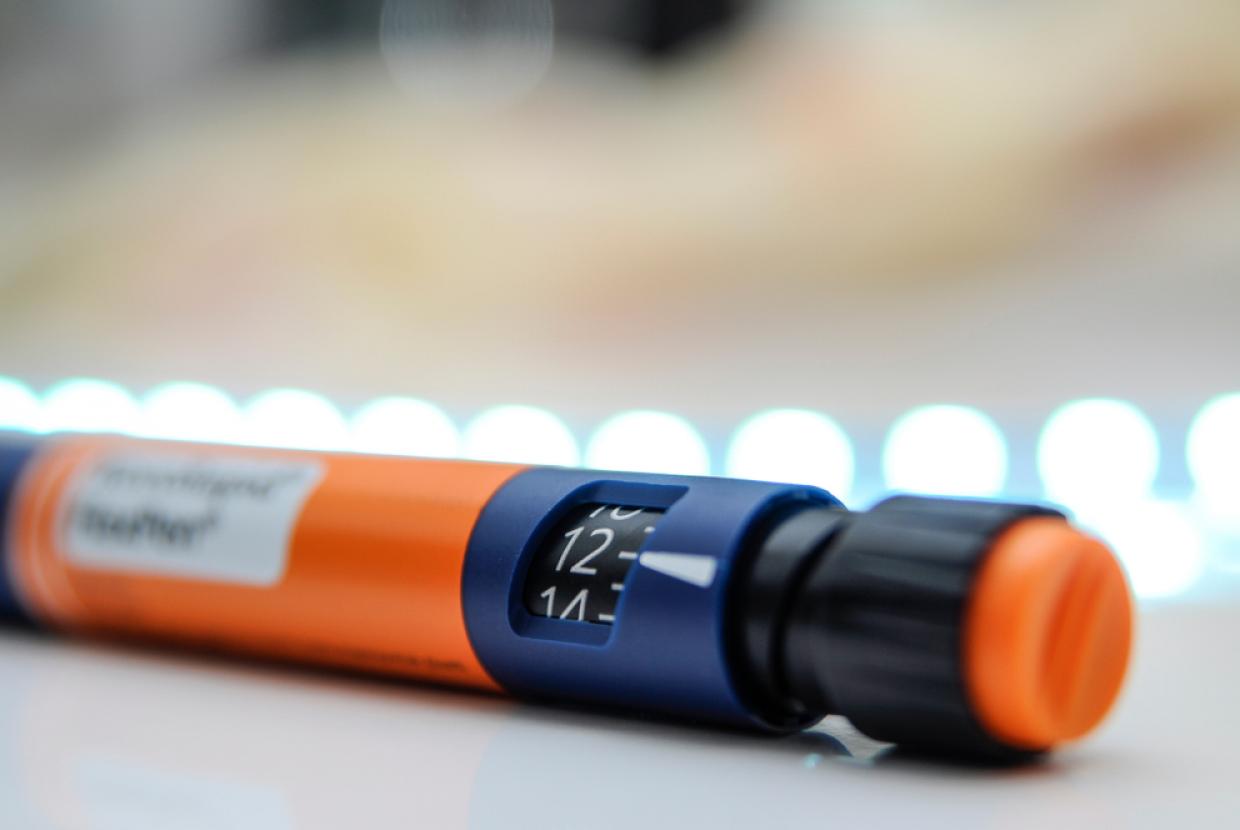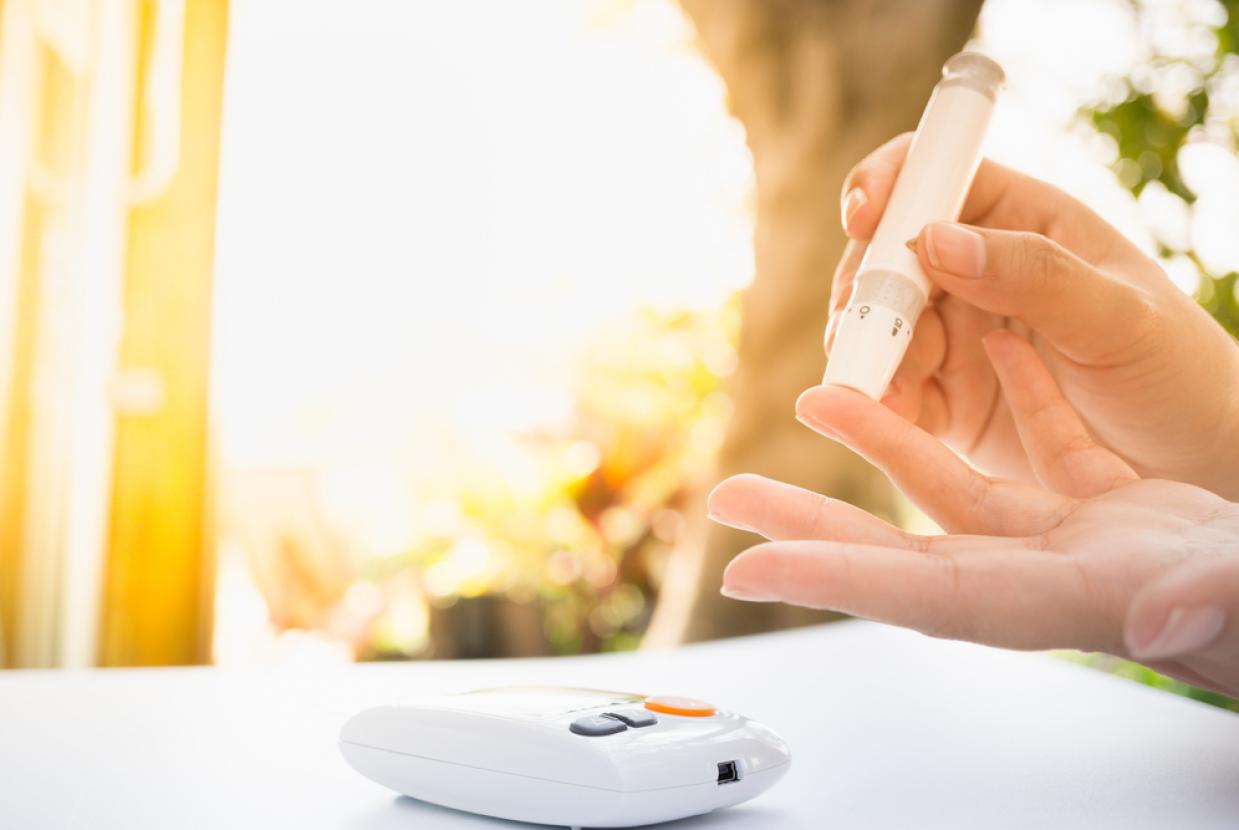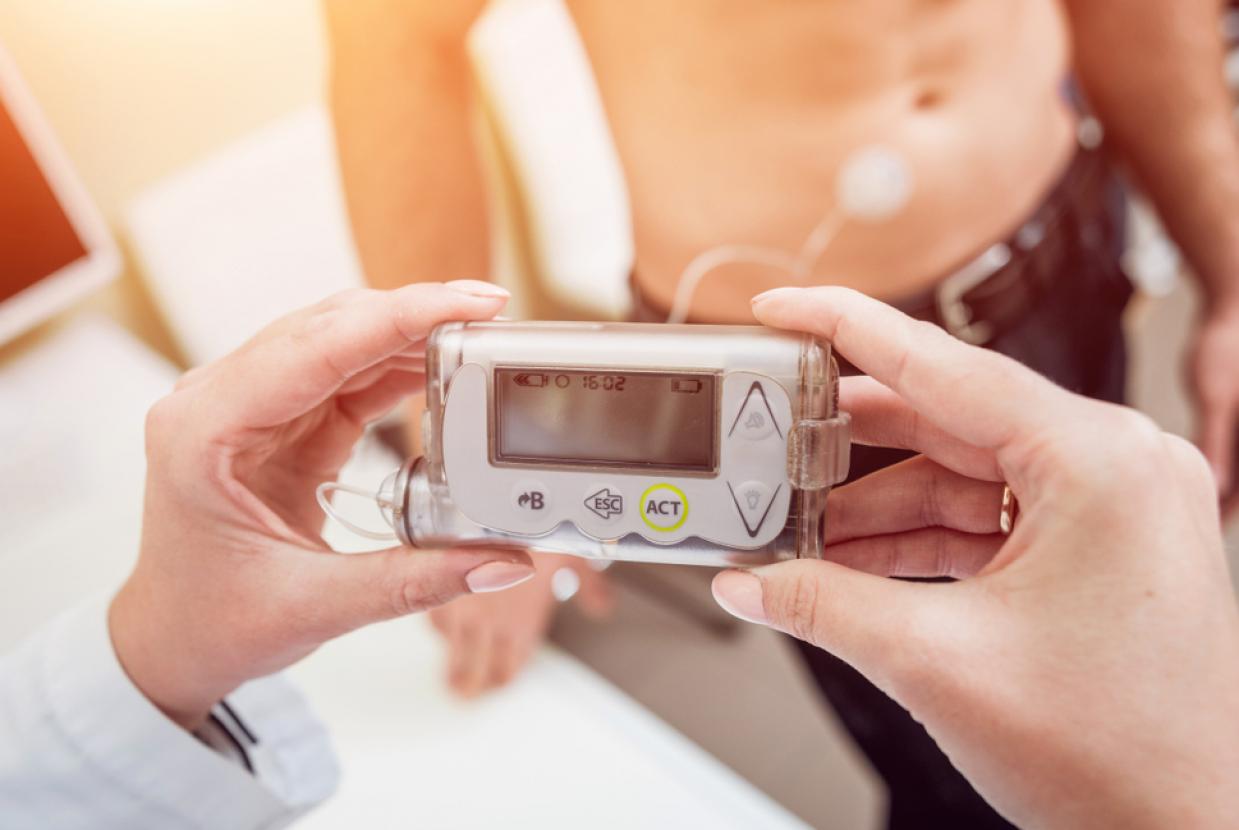Walking & Diabetes
Diabetes / Healthy WeightIf you’re looking for a way to include more physical activity and exercise into your daily routine, walking is a great place to start. And with our One Million Step Challenge on the horizon, there’s no better time to step it up.
On this page, we’ll take you through the benefits of walking and explain how you can manage your diabetes when you’re on the move. We’ll also share tips around looking after your feet when walking and show you how you can get involved with life-changing walking challenges.
Benefits of walking when you have diabetes
When you have diabetes, moving more can make a huge difference to how you feel and how you manage your condition. So, whether you have type 1, type 2 or another type of diabetes, walking is a good way to get physically active and build movement into your daily routine. This is because:
- you can walk anywhere, any time and it’s free
- briskly walking can help you build stamina, burn excess calories and make your heart healthier
- it can help the body to use insulin more effectively
- it is easy on your joints
- it can benefit your mind by helping to reduce stress levels and symptoms of depression and anxiety
- it can help to improve your sleep.
Tips to get started with walking
Whether you’re new to walking or looking to boost your current activity levels, setting yourself realistic goals is the best place to start.
Our guide to moving more (PDF, 2.9MB) can help you get started. As well as being packed full of information and advice about getting active when you have diabetes, it contains space for you to plan your activity over 10 weeks. There are also questions throughout the guide to encourage you to reflect on your walks and how they've made you feel.
You might also find it useful to set aside a certain amount of time during the day or week to go on your walk - whether that’s in the morning, during your lunch break or in the evening. This can help you to keep on track as you don’t have to think about fitting it into each day, it can become part of your normal routine.
If you’re worried about staying motivated, finding a music playlist, radio show or podcast series to listen to when you’re walking can help to keep you engaged and make the time go faster. Your walks may also be a good time to check in with your family over the phone, or catch up with your friends and loved ones.
And if you want to start off with something easier, why not try walking on the spot at home? You can do it while you’re cooking in the kitchen, or when you’re watching a film or your favourite TV programme.
Walking and managing your diabetes
Here we’ll take you through some practical advice about snacking and managing your blood glucose (sugar) levels when walking.
Snacking
A slice of malt loaf, a yoghurt or a piece of fruit, such as banana, are good examples of pre- and post-walk snacks. But if you have diabetes, the amount and type of food you will need when walking will depend on when you last ate, how hungry you are and your blood sugar levels.
Not everyone will need to have a snack before they start moving more, and what you do eat will also depend on the distance and pace of your walk. If you’re walking for over an hour at a brisk to fast pace, think about having a snack during your walk.
Blood sugar levels
Depending on how long you walk for, and how fast your pace is, walking can either lower or raise your blood sugar levels.
If you have type 1 diabetes or treat your diabetes with medications that can lower your blood sugars, such as sulphonylureas, you should check your blood sugar levels before, during and after your walk. It’s also important to make sure you carry hypo treatments and your diabetes ID with you, and to let a family member or loved one know which route you are taking.
We’ve got more tips about managing your blood sugar levels when exercising, so that you can feel confident when walking.
Looking after your feet when walking
Walking is considered safe for most people, including all ages and fitness levels. But it’s important to take extra care and look after your feet if you have diabetes. This is because you’re at a greater risk of developing foot complications or diabetic neuropathy.
To help prevent any problems with your feet, you should check them every day and look for any changes. Doing this after a walk is really important, as it can help you to spot any damage, such as blisters or cuts. And if you want to know more about looking after your feet, check out our 10 simple steps to healthy feet.
If you’re living with foot complications, you should speak to your healthcare team before you take up serious walking. It’s also important to wear socks that don’t rub and shoes that fit well, provide support and are appropriate for walking.
Use free tools to keep on track
There are lots of free tools and resources to help you get started, such as the NHS Active10 or MapMyWalk smartphone app. They both count your steps and let you set goals to work towards, so it’s great way to keep track of your activity. If you have an Android or an iPhone, you can download the free apps from your app store.
Join a walking group
Sometimes it can be hard to find the motivation to get outside and get moving, but joining a walking group can really help. Together, you’ll be able to explore your local area and enjoy a range of walks, in line with coronavirus guidelines.
Head to the Ramblers website and type in your postcode to find your local group!




































